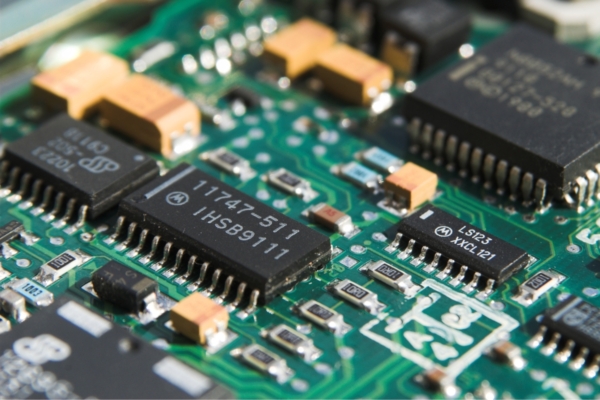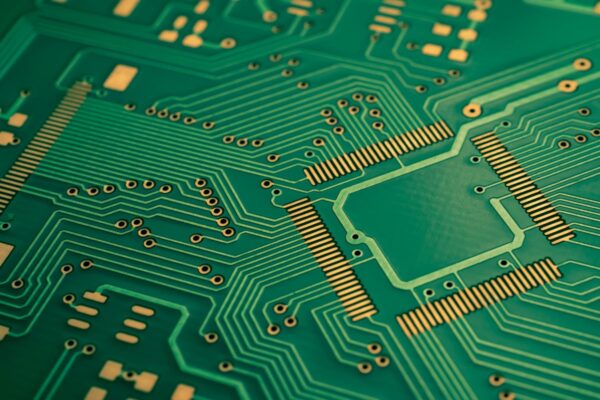What is Conductive Foil
Conductive foil, specifically copper foil, is a thin, continuous metal layer that is laminated onto a PCB that serves as the pathway for the flow of electrical charges within the PCB, facilitating communication and connection between electronic components. Copper foil is chosen for its high conductivity, allowing for efficient movement of electric charges without signal loss or interference.
The conductive foil, typically made of copper, is bonded to the insulating layers of the PCB, ensuring a constant flow of signals without interruption. It also provides mechanical support to the components on the PCB, ensuring their reliable attachment. The copper foil is etched to create desired circuit patterns, forming the traces that connect the components and enable the flow of electrical charges.
In addition to its role as a conductor, copper foil is commonly used for electromagnetic shielding and antistatic purposes in PCBs. It adheres easily to various substrates, including metals and insulating materials, due to its low surface oxygen content. This characteristic makes it suitable for a wide range of applications and ensures excellent conductivity and electromagnetic shielding effects when combined with the metal base material.





